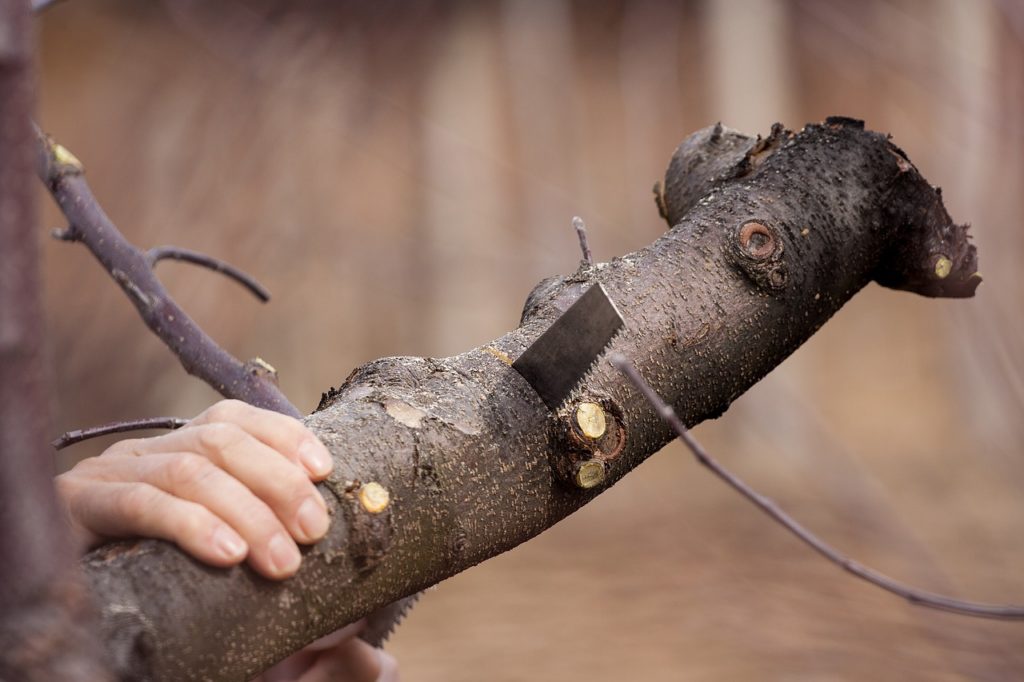Things To Know About Tree Pruning

Leaving dead or diseased branches on your tree will shorten its lifespan and prevent it from flourishing. Many skills and techniques go into properly pruning a tree to prevent damage and expand its lifespan.
Why Pruning Is Important
Tree Pruning is necessary for a tree to heal if it becomes wounded. Trees cannot repair themselves naturally when they become wounded the way our bodies repair themselves. Instead of repairing its tissue, the tree will try to seal up a wounded area. This only inhibits the growth of the tree and damages its health. When you prune a tree, you encourage its natural growth in a healthy way to minimize broken limbs or the spread of any diseases.
How To Prune
If you need to remove a branch from a tree, you will need to find the collar where the base of the branch joins the tree trunk. Use a pruning saw to remove the branch from the tree trunk. Be very careful not to cut into the collar itself. The collar will act only as your guide when pruning the branch off. If you can’t find the collar, use the branch bark ridge method (BBR) to separate the branch from its main stem. The area may look wrinkled and more obvious to spot on some trees. Once you find it, cut approximately 45 degrees away from the branch bark ridge.
Difficulties of Pruning
Pruning a tree properly takes a bit of practice. Trees don’t always show obvious signs they are in distress until it becomes a larger problem. Bad pruning cuts can allow fungi or bacteria to eat away at the wound and dramatically shorten the life of a tree. Pruning a tree can be a dangerous task if you don’t know what you are doing. Professional arborists are trained to climb tall trees safely and use equipment properly. Tree pruning requires many sharp tools including pruning saws and a pair of hand shears.
If you don’t know how to properly prune a tree, you can end up doing the tree more harm than any good.
